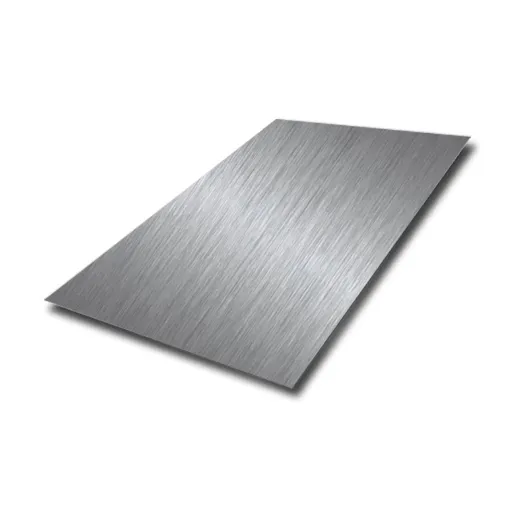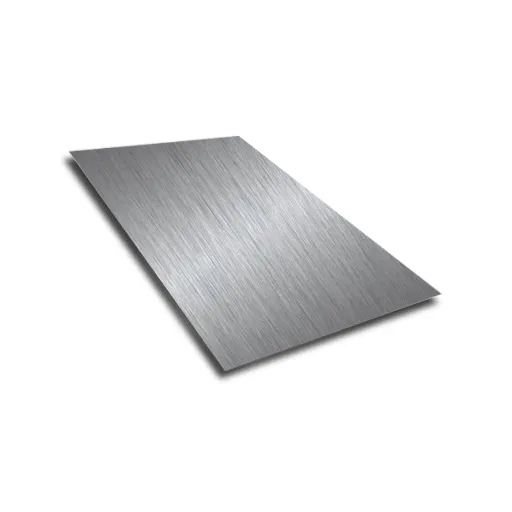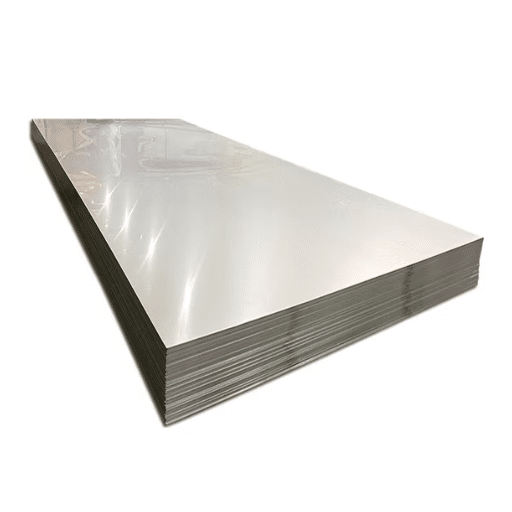The knowledge of metal properties is crucial in material science, and melting point stands as one of the most studied characteristics. This comprehensive guide explores melting points in depth, examining the factors that influence them and their critical applications across industries from construction to aerospace engineering.
Introduction to Melting Point
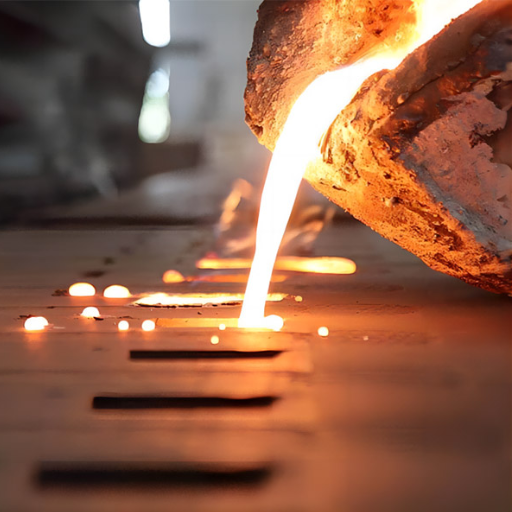
Melting is the precise moment when a solid transforms into a liquid at standard atmospheric pressure. This characteristic isn’t inherent to the material itself but is closely associated with the bonds formed between atoms. In metals, the strong atomic bonds result in notably high melting points due to metallic bonding – a type of bond arising from unpaired electrons in the valence orbital of atoms.
Key Point: Metal melting points can be adjusted by controlling factors such as pressure, loading conditions, and alloying. Adding impurities to the crystal lattice destroys the simple geometry, causing melting temperatures to decrease due to lattice point disruption.
What is the Melting Point?
The melting point is the temperature at which a crystalline solid changes state from solid to liquid, occurring when the system’s energy can overcome the forces keeping molecules locked in a specific structure. These temperatures are intrinsic to materials and vary significantly between substances.
Examples:
- Pure water: 0°C (32°F) at one atmosphere pressure
- Iron: 1538°C (2800°F)
The melting point is greatly affected by particle geometry, electron behavior, and even environmental factors. This property serves as a material identifier and is extensively used in industries requiring high-precision temperature control.
Importance of Understanding Melting Points

Understanding melting points is critical across various scientific and industrial areas for material identification and process advancement:
- Pharmaceutical Industry: Accurate determination of melting points for active pharmaceutical ingredients (APIs) ensures quality and stability during manufacturing and storage
- Metal Industry: Knowledge of exact melting temperatures helps develop perfect alloys with enhanced corrosion resistance and high strength
- Thermal Analysis: Advanced techniques like differential scanning calorimetry enable precise measurement and prediction of material behavior under specific conditions
Applications Across Industries
Aerospace Industry
Thermal and chemical protection are crucial due to elevated temperatures and continuous mechanical stress. Thermosetting composites with specific temperature tolerances are used in aircraft skins and spacecraft heat panels, meeting FAA and ESA standards while reducing flight risks.
Automotive Industry
Automotive firms utilize thermal analysis to address challenges in engine components, tires, and interior materials. Thermoplastic materials with appropriately set melting temperatures enable the development of lightweight, durable vehicles, potentially reducing fuel consumption by up to 90%.
Electronics and Semiconductors
Complex circuit designs require enhanced reliability. Appropriate plastics and adhesives undergo thermal analysis to ensure stability during circuit assembly. DSC and TGA analysis assist in determining thermal properties for microprocessor production.
Construction and Infrastructure
Thermal analysis proves invaluable for building materials like concrete, bitumen, and thermal insulation. Understanding thermal stability and degradation helps create materials suitable for extreme environmental conditions, potentially increasing structural element service life by 30%.
Pharmaceutical and Biotechnology
Critical for drug formulation, handling, and ensuring stability under specified conditions. DSC determines drug compatibility in formulation bases and assists in manufacturing active drug ingredients.
Melting Points of Common Metals
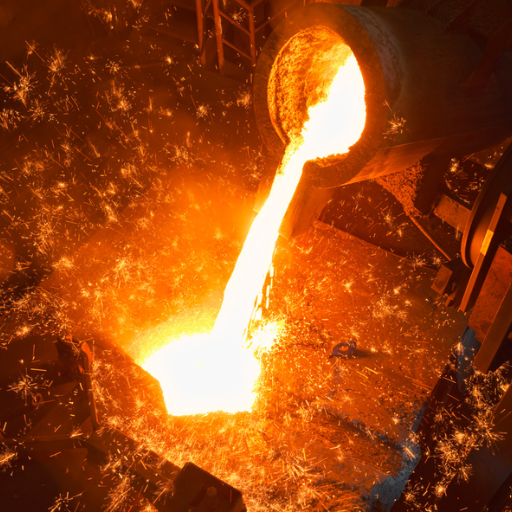
Metal melting points vary widely due to atomic structure and inter-atomic bonding differences:
| Metal | Chemical Symbol | Melting Point (°C) | Melting Point (°F) |
|---|---|---|---|
| Aluminum | Al | 660.3 | 1220.5 |
| Iron | Fe | 1538 | 2800 |
| Copper | Cu | 1085 | 1984 |
| Gold | Au | 1064 | 1947 |
| Silver | Ag | 961.8 | 1763 |
| Lead | Pb | 327.5 | 621.5 |
Mild Steel Melting Point
Mild Steel (Low Carbon Steel): 1425°C to 1540°C (2597°F to 2800°F)
This range varies depending on carbon content and alloy additions. Mild steel typically contains less than 0.3% carbon, making it liquefy at temperatures below high-carbon or certain alloy steels.
Aluminum Melting Temperature
Aluminum: Approximately 660.3°C (1220.5°F)
This relatively low melting point makes aluminum ideal for energy-efficient manufacturing processes. Aluminum alloys exhibit melting ranges rather than single points due to the behavior of each constituent element during smelting and solidification.
Copper and Brass Melting Points
Pure Copper: 1,085°C (1,984°F)
Brass (Copper-Zinc Alloy): 900°C to 940°C (1,650°F to 1,720°F)
Brass melting points depend on copper-to-zinc ratios and additional elements added for enhanced properties like hardness or corrosion resistance.
Extreme Melting Points
Highest Melting Point
Tungsten (W): 3,422°C (6,192°F) – Perfect for incandescent light filaments and high-temperature aerospace components
Lowest Melting Point
Mercury (Hg): -38.83°C (-37.89°F) – Liquid at room temperature, used in various electromechanical devices
Steel Types and Their Melting Points
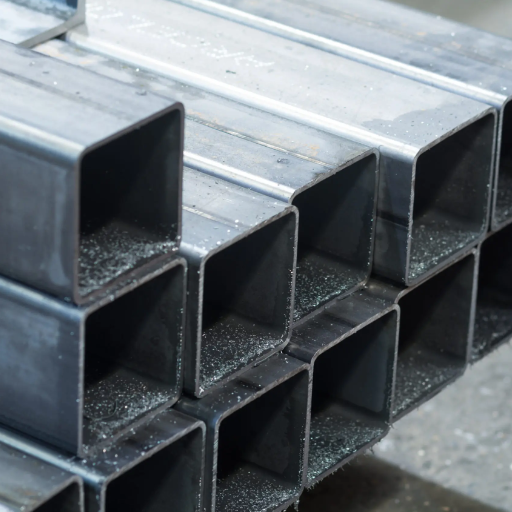
| Type of Steel | Approximate Melting Point (°F) | Key Parameters |
|---|---|---|
| Carbon Steel | 2600 – 2800 | High strength, lower corrosion resistance |
| Stainless Steel | 2500 – 2750 | High corrosion resistance, durable |
| Tool Steel | 2200 – 2500 | High hardness, used in tooling |
| Alloy Steel | 2500 – 2800 | Enhanced properties through alloying elements |
| High-Speed Steel | 2200 – 2500 | Withstands high temperatures, wear-resistant |
| Cast Steel | 2500 – 2700 | Moldable, excellent tensile properties |
| Low-Alloy Steel | 2600 – 2800 | Increased mechanical performance |
Factors Affecting Melting Points
- Atomic Structure: The arrangement of atoms and bond strength determines melting temperature
- Material Purity: Pure substances have specific melting points, while impurities typically lower melting points
- Pressure: Higher pressure generally increases melting points due to increased atomic packing
- Type of Bonding: Ionic or covalent bonds create higher melting points than van der Waals forces
- Crystalline Structure: Tightly packed crystal lattices melt at higher temperatures than loosely arranged structures
Environmental Influences
Environmental factors significantly impact steel’s structural and mechanical properties:
- Extreme Temperatures: Continuous heating can cause material decomposition
- Humidity and Saltwater: Accelerate corrosion, particularly in mild steel
- Chemical Exposure: Industrial pollutants can weaken material surfaces
- Protective Measures: Coatings, zinc plating, and environmental controls extend steel life
Practical Applications and Manufacturing Processes
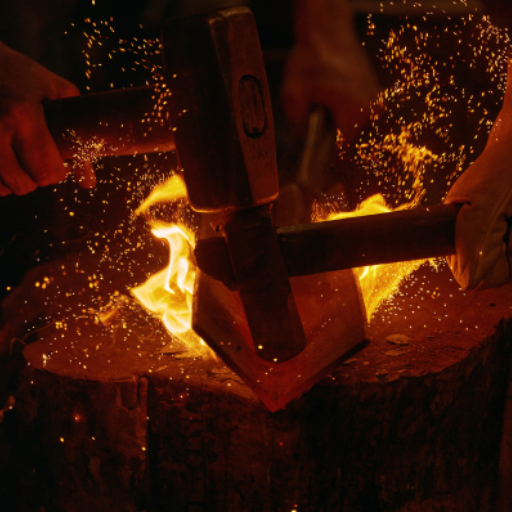
Welding and Forging Processes
Welding involves melting interfaces and filler materials to create strong joints. Modern robotic welding systems have enhanced precision and performance in manufacturing.
Forging reshapes metal through compressive forces at various temperatures:
- Cold forging
- Warm forging
- Hot forging
Forging produces high-strength components like crankshafts, turbines, and aircraft parts, often resulting in less material waste compared to casting processes.
Material Selection for Structural Integrity
Proper material selection considers:
- Tensile strength and fatigue resistance
- Fracture toughness under static and dynamic loading
- Corrosion resistance in various environments
- Machinability, weldability, and cost efficiency
Advanced Materials: Modern computational modeling has enhanced material assessment, leading to innovations like 7075 aluminum, 904L steel tubing, and titanium grade 5 (Ti-6Al-4V) in aerospace, and advanced high-strength steels (AHSS) in automotive applications.
Reference Sources
-
-
“A tracking review on non-arc melting processes for improved surface properties in metallic materials”
- Key Findings: This study explores non-arc melting processes and their impact on the surface properties of various steels, including carbon steels, low alloy steels, and tool steels.
- Read more
-
“The Effect of Electrode Geometry and Pre-heating Treatment on Resistance Spot Welding Strength”
- Key Findings: This paper examines the influence of electrode geometry and pre-heating on the strength of resistance spot welding in mild and low-carbon steels.
- Read more
-
“A Comparative Study Between Oxy-Acetylene and Shielded Metal Arc Welds of AISI 5160 Low Alloy Steel”
- Key Findings: This comparative study investigates the effects of two welding techniques—SMAW (Shielded Metal Arc Welding) and OAW (Oxy-Acetylene Welding)—on AISI 5160 low alloy steel.
- Read more
-
Frequently Asked Questions (FAQs)
Q: What is the melting point of mild steel?
A: The melting point of mild steel typically ranges between 1400°C to 1500°C (2552°F to 2732°F). This temperature can vary slightly based on the specific composition of the steel alloy, as mild steel is primarily composed of iron with low carbon content. The melting point of mild steel is lower than high-carbon steel, which can exceed 1500°C.
Q: How do different types of steel affect the melting point?
A: Different steel types have varying compositions that influence their melting points. Stainless steel generally has a higher melting point than mild steel due to chromium and nickel additions. High-carbon steel has significantly higher melting points than mild steel, making it suitable for durability applications. Understanding these variations is crucial for material selection in engineering projects.
Q: What are the common melting points of popular metals?
A: Common metal melting points vary widely: aluminum (~660°C/1220°F), iron (~1538°C/2800°F), and lead (~327°C/621°F). These differences reflect distinct material properties and help determine appropriate applications based on thermal requirements.
Q: How can I increase the melting point of a metal?
A: Increasing melting points is often achieved through alloying with elements like tungsten. This approach is frequently used in steel alloy production for high-temperature applications. Heat treatment processing can also influence melting temperatures and enhance performance characteristics.
Q: Why do metals have different melting points?
A: Metals have different melting points due to unique atomic structures and bonding characteristics. Metallic bonds are influenced by atomic size and delocalized electrons, affecting atomic attraction strength. Higher melting point metals typically have stronger bonds requiring more energy to break. Impurities or alloying elements can also significantly affect melting temperatures.
Conclusion: Understanding metal melting points is fundamental to material science and engineering applications. From aerospace components requiring extreme temperature resistance to everyday manufacturing processes, knowledge of these thermal properties enables informed material selection and process optimization across industries.

